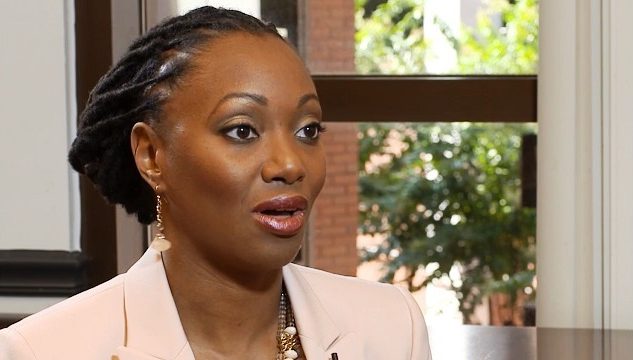
By Mark Jerald
Alabama News Center

Hadiyah-Nicole Green is a medical physicist who pioneered the use of laser-activated nanoparticles for cancer treatment. She is the second black woman and the fourth black person ever to earn a doctoral degree in physics from the University of Alabama at Birmingham.
Orphaned as a young girl, she was raised by her aunt and uncle in St. Louis. Her aunt died of cancer and Green watched as cancer treatments took a toll on her uncle.
“She said that she would rather die than experience the side effects of chemotherapy and radiation,” Green said in a video with Alabama News Center. “And I took care of her of her last three months of her life.”
Three months after Green’s aunt passed, her uncle, who took care and raised her, found out he had esophageal cancer.
“He went through chemo and radiation and I took care of him while he was going through his treatments, and I got to see with both of them firsthand the horrors of cancer, and the horrors of cancer care, and it was so devastating and it fell on my heart that there has to be a better way.”
After earning her undergraduate degree at Alabama A&M University, Green attended UAB for her master’s and Ph.D. in physics. It was at UAB where she began her research on nanoparticles. Using nanoparticles injected into cancer cells, she helped develop a treatment in which lasers could be used to target those cancer cells.
“If we have a satellite in outer space can tell whether a dime on the ground is face up or face down … why can’t we have a cancer treatment that is that local?” she said.
She went on to further her research as a professor at Tuskegee University and remains active in medical research and mentoring youths.




